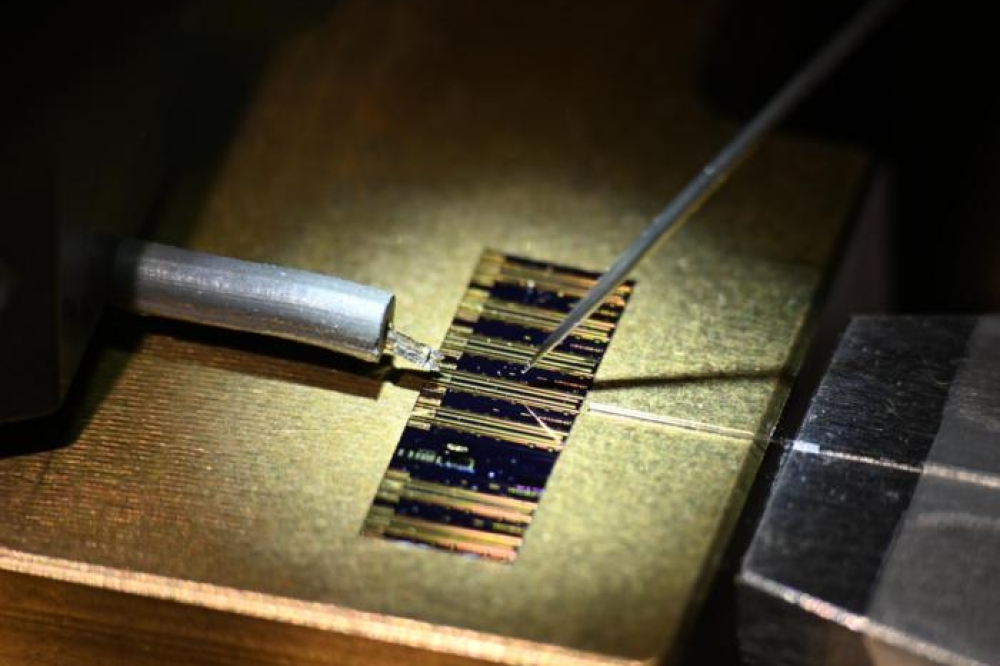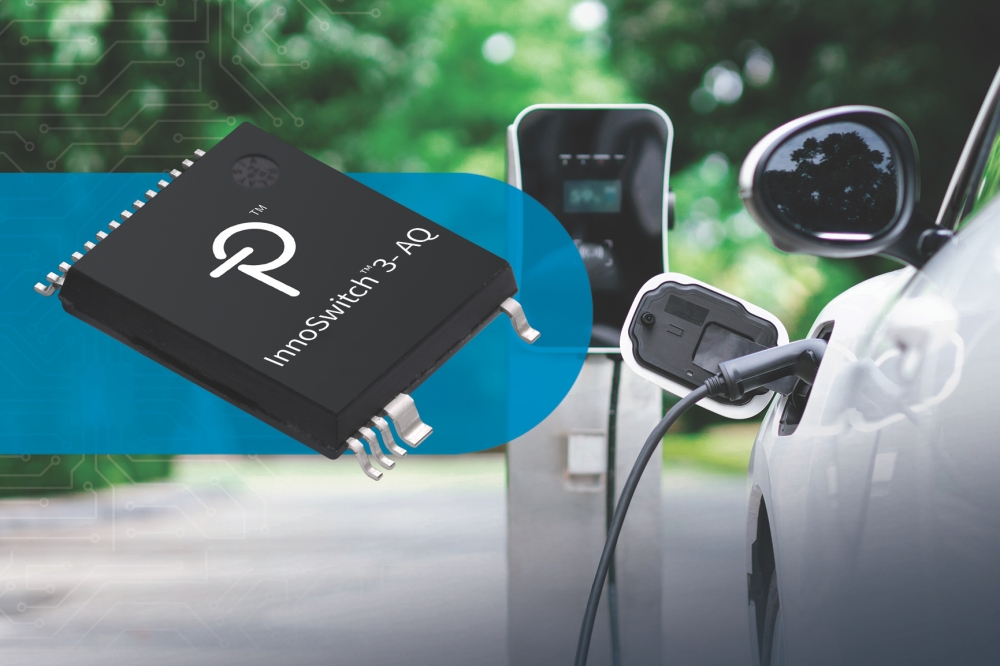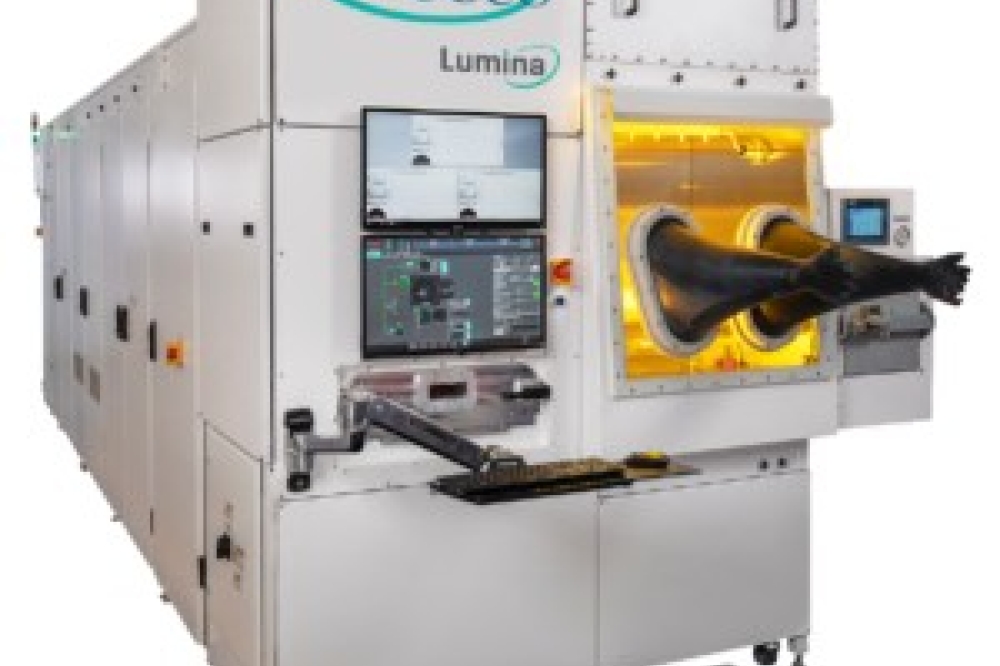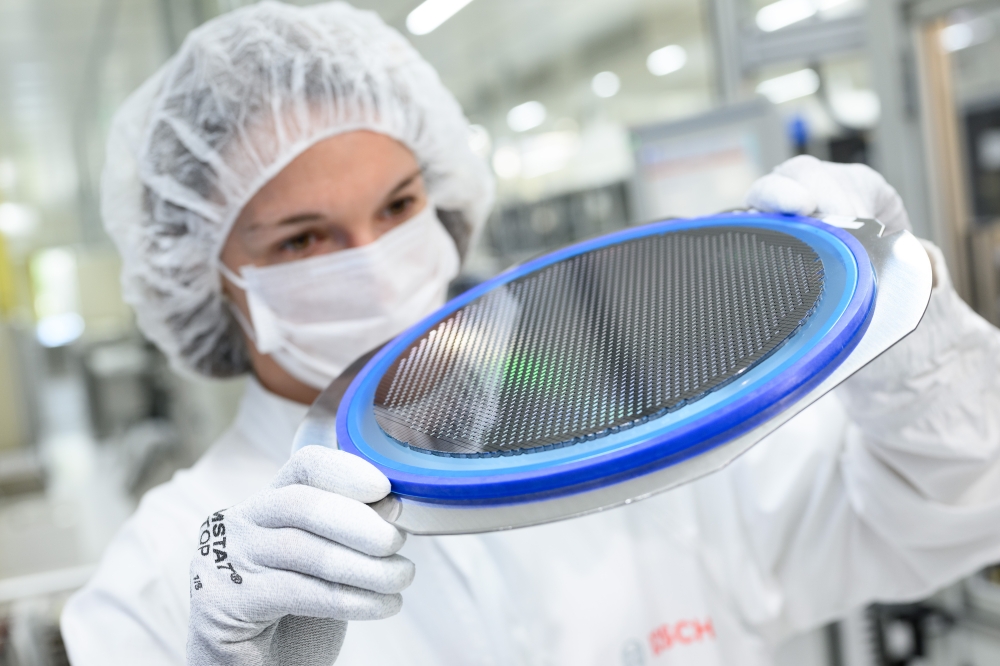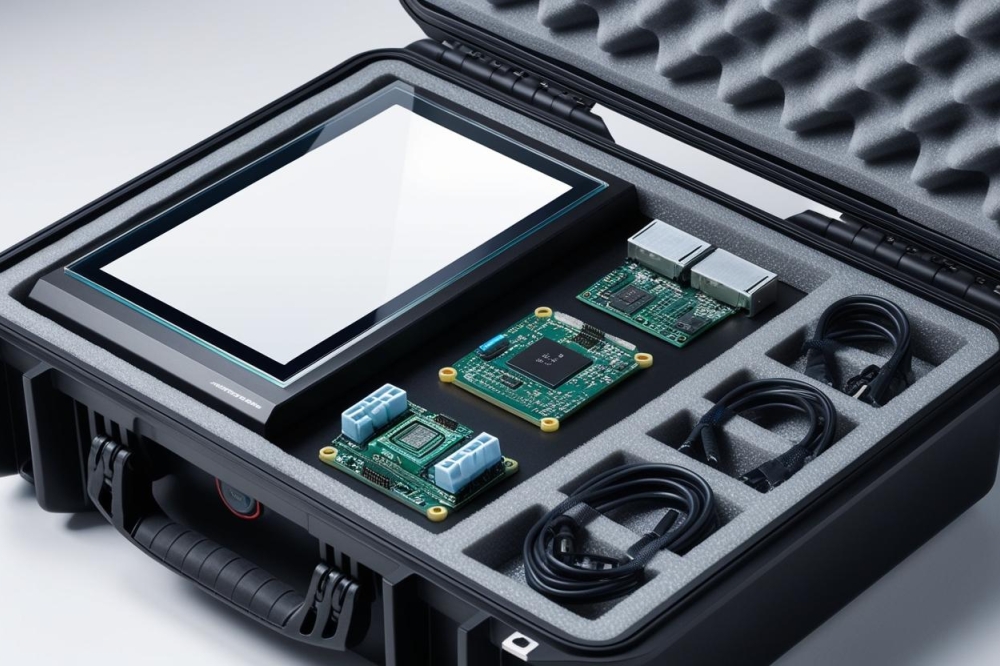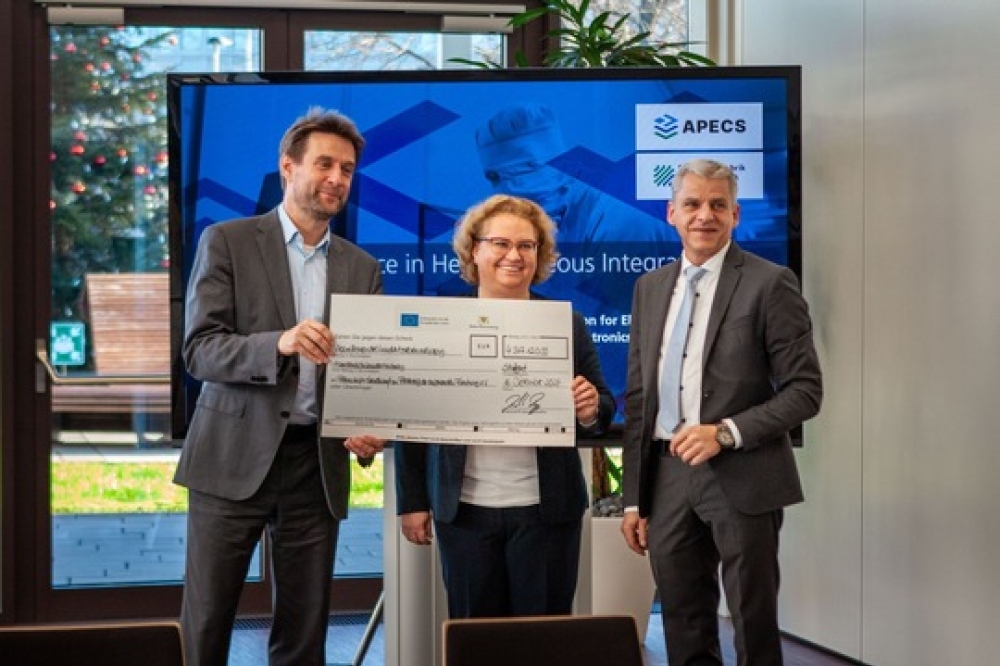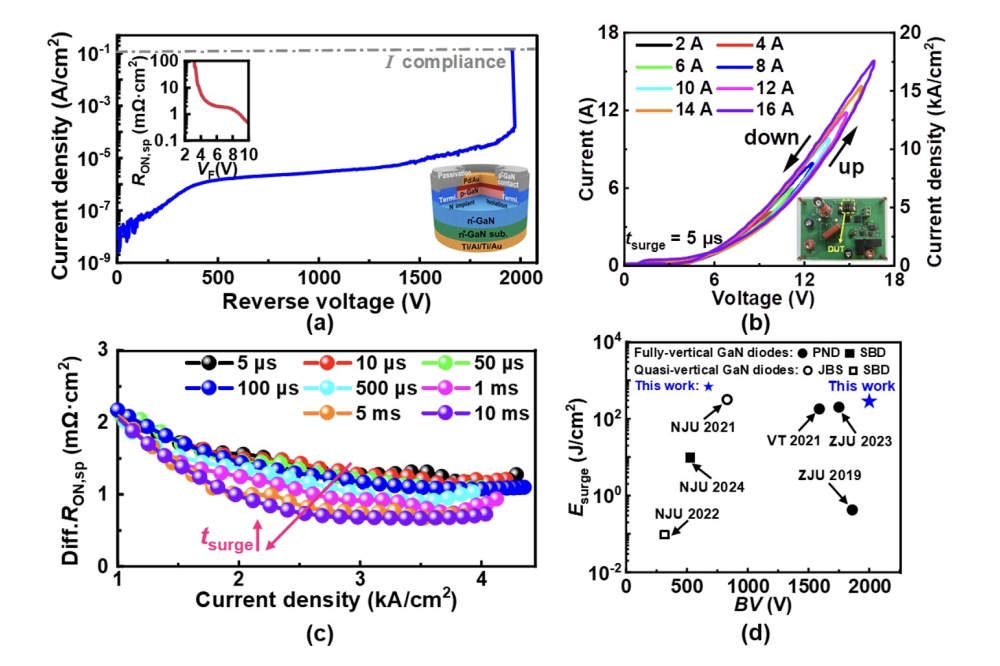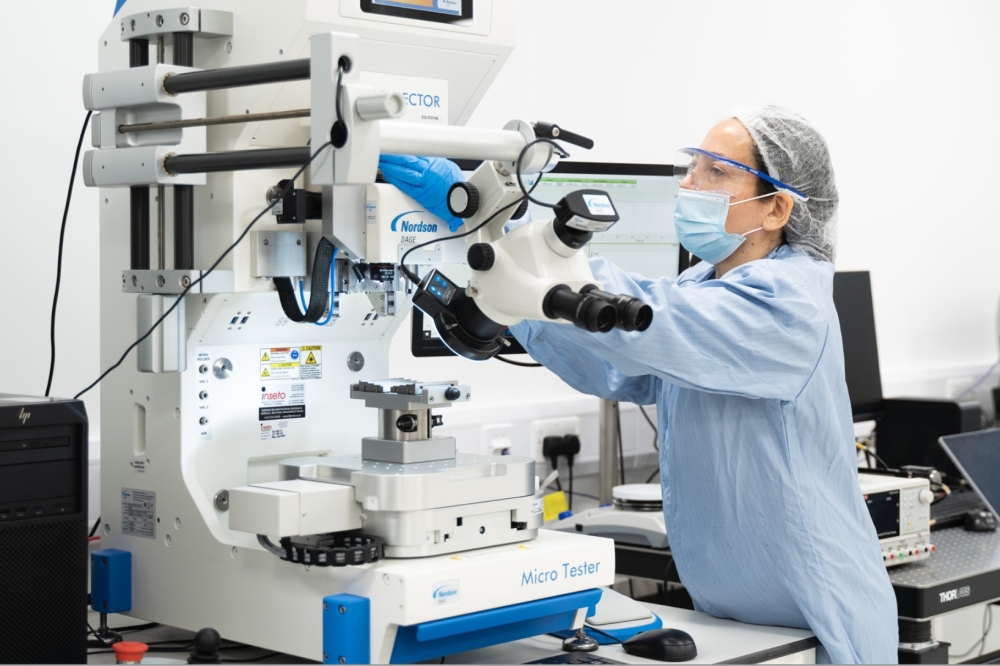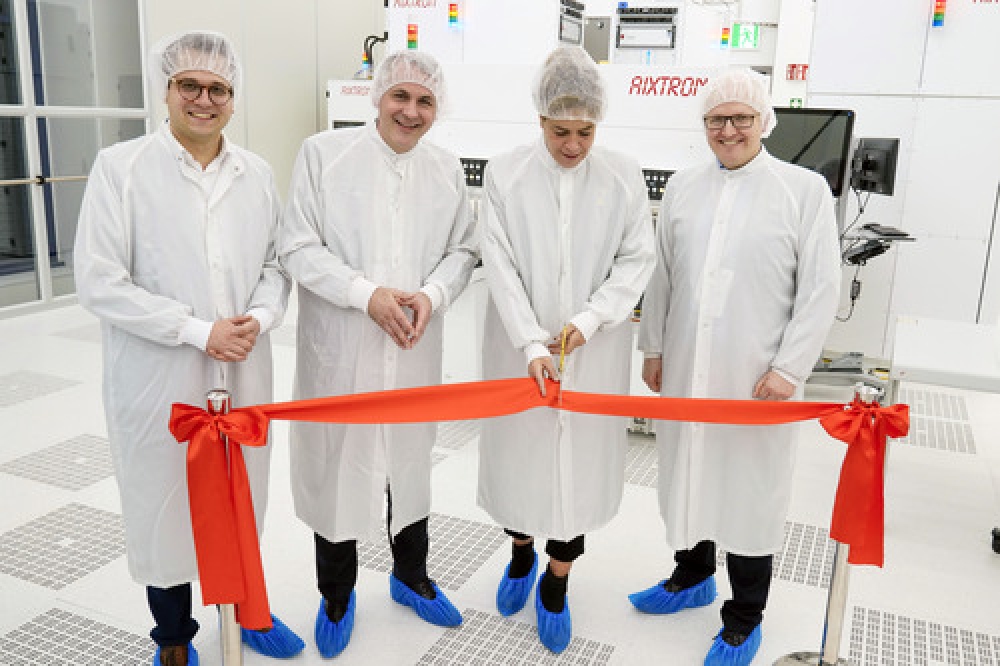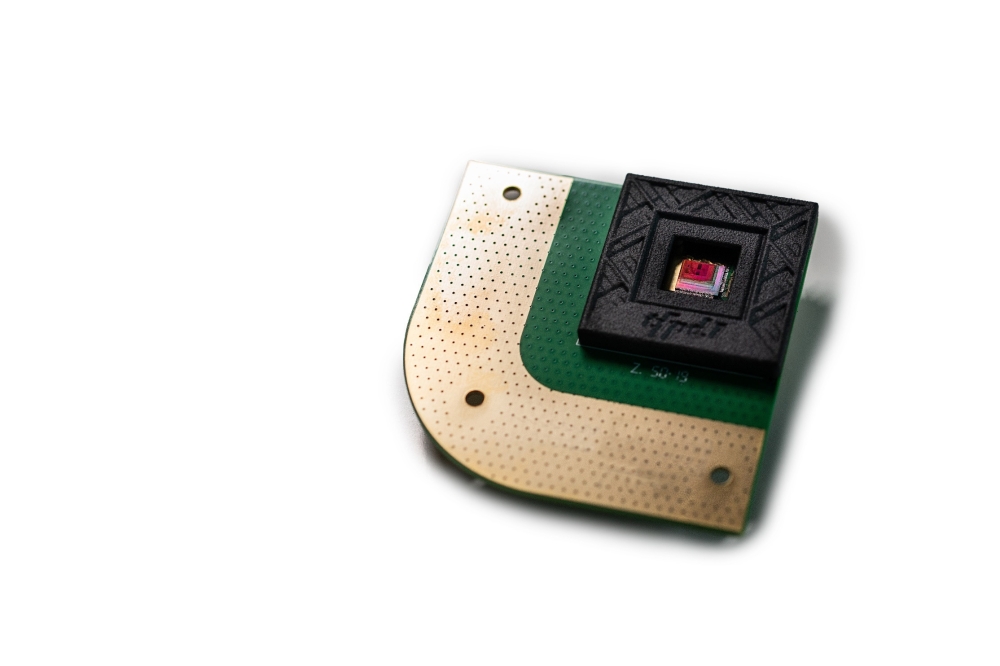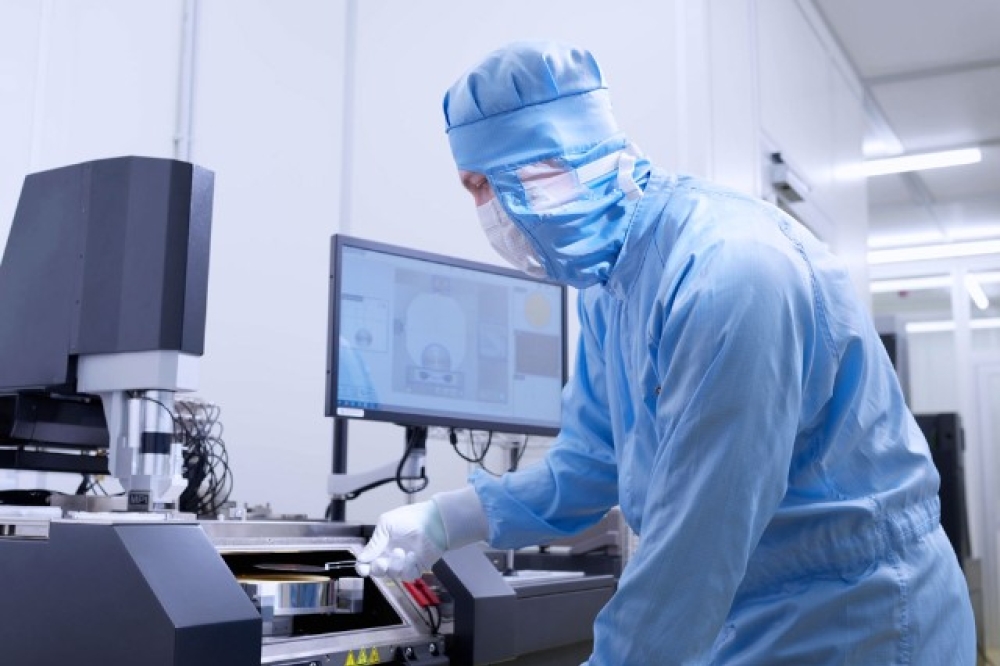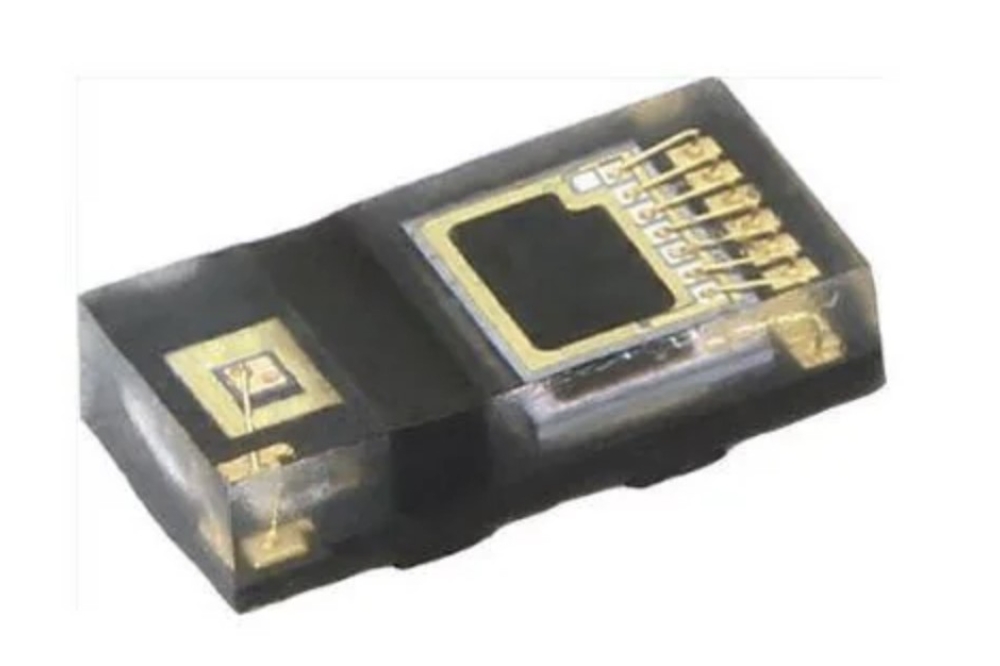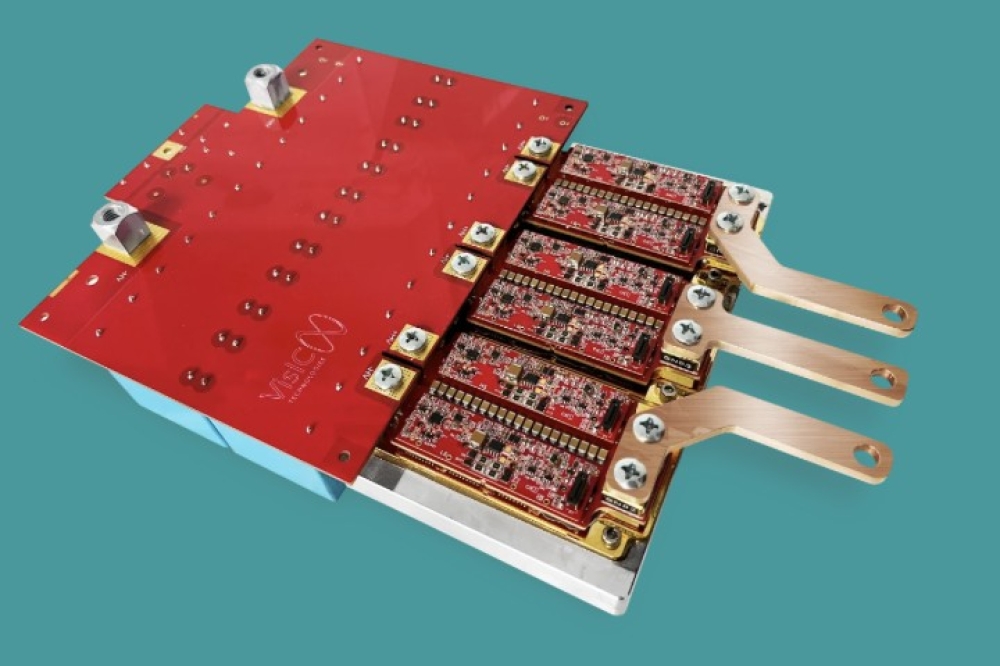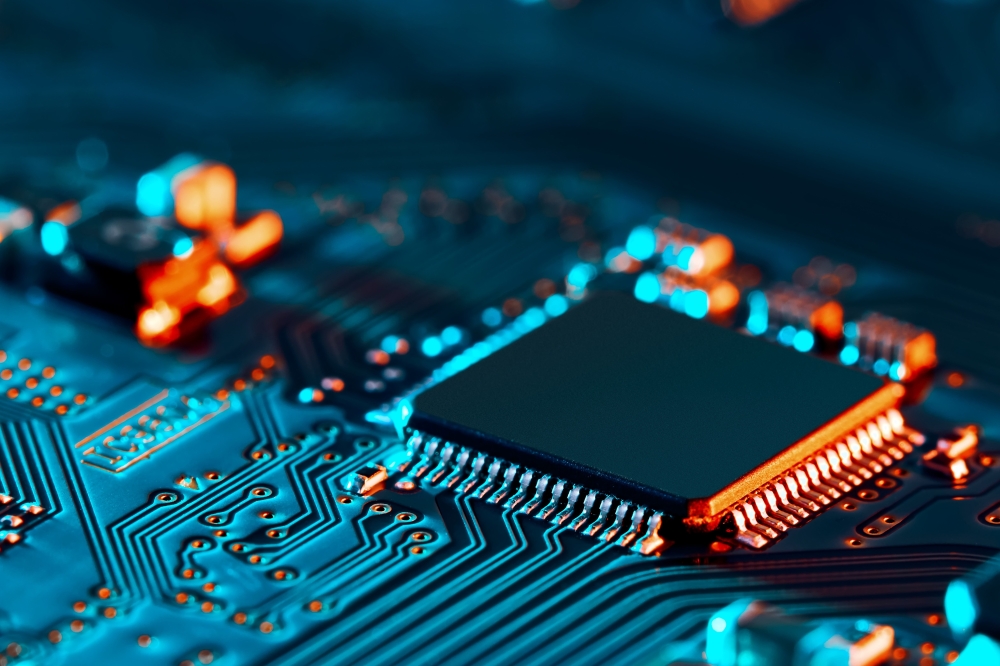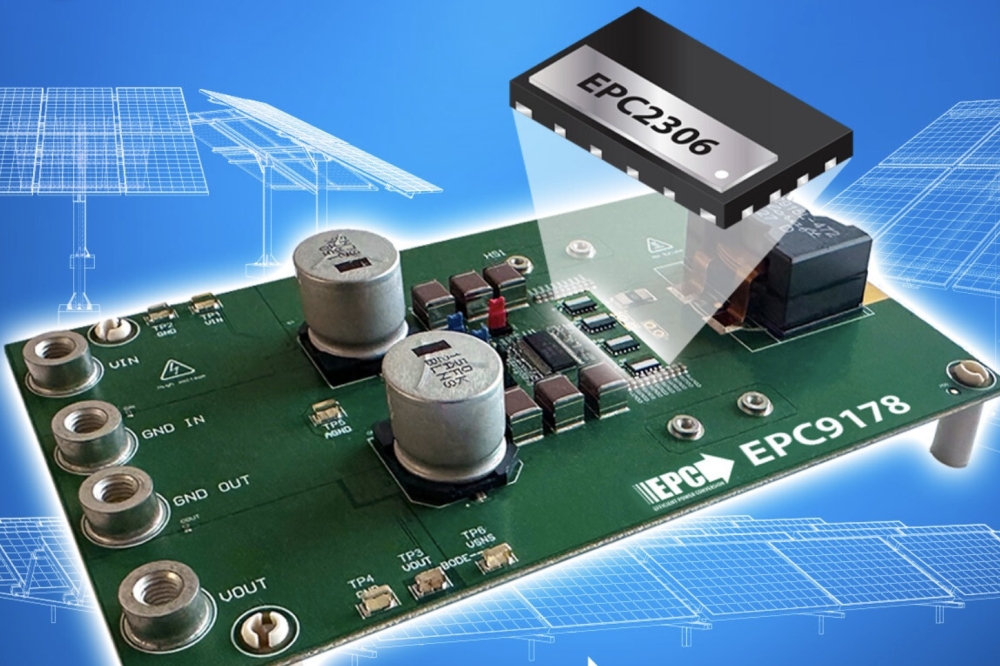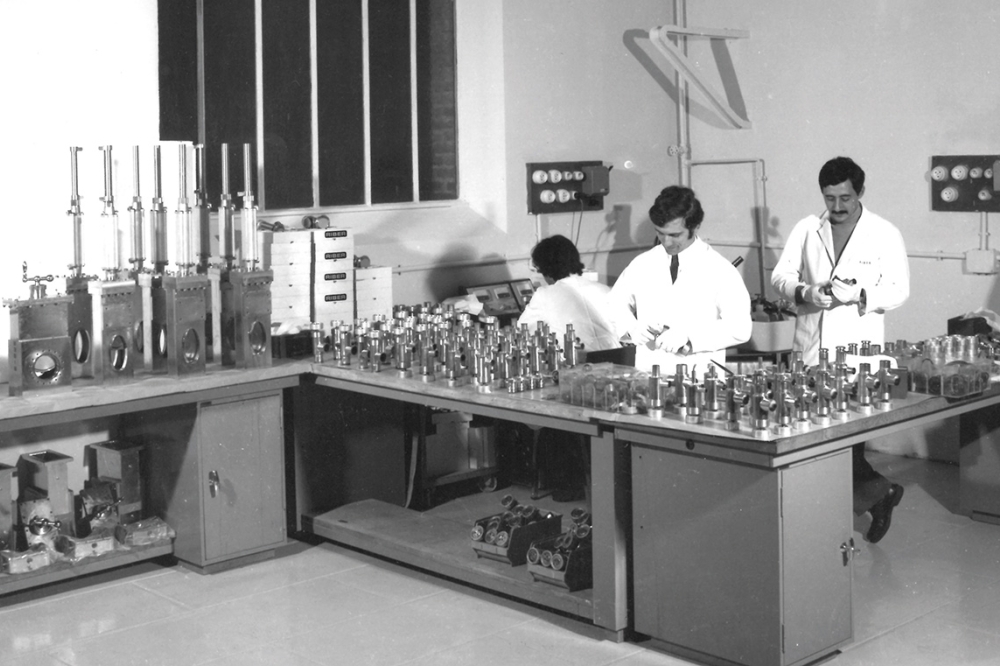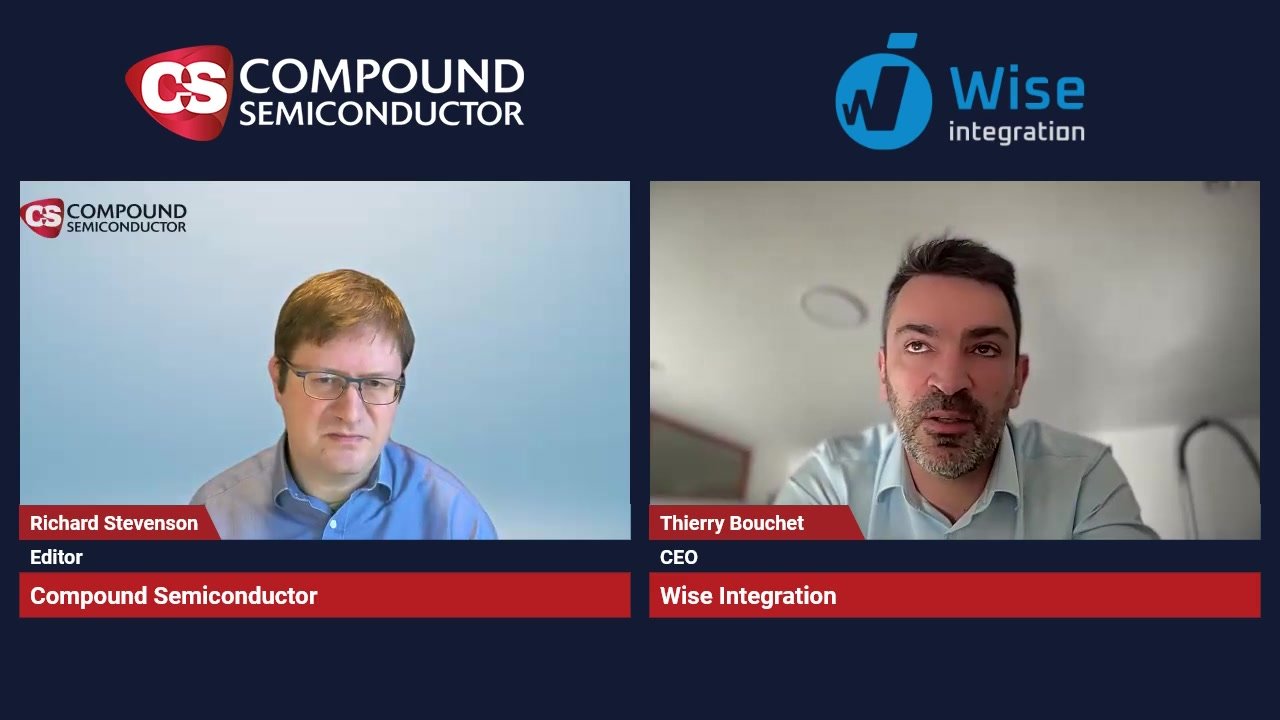News Article
Waltzing closer to using spintronics in computing
Using gallium arsenide / aluminium gallium arsenide based quantum well structures, scientists have demonstrated new possibilities of increasing energy efficiency in electronics
Advances in spintronics, an elusive field of electronics, could enable a new class of magnetic-based semiconductor transistors which could result in more energy efficient electronic devices.
Aiming to use electron spins for storing, transporting and processing information, scientists from IBM Research and ETH Zurich have revealed what they say is the first-ever direct mapping of the formation of a persistent spin helix in a semiconductor.
The scientists made the discovery by investigating the spin in GaAs/AlGaAs quantum well structures grown by researchers at ETH Zurich.
IBM Research believes it is the first to have synchronised electron spins and image the formation of a persistent spin helix.
Until now, it was unclear whether or not electron spins possessed the capability to preserve the encoded information long enough before rotating. The scientists from IBM Research and the Solid State Physics Laboratory at ETH Zurich demonstrated that synchronising electrons extends the spin lifetime of the electron by thirty times to 1.1 nanoseconds - the same time it takes for an existing 1 GHz processor to cycle.
Today's computing technology encodes and processes data by the electrical charge of electrons. However, this technique is limited as semiconductor dimensions continue to shrink to the point where the flow of electrons can no longer be controlled.
Spintronics could surmount this approaching impasse by harnessing the spin of electrons instead of their charge.

Direct mapping of the persistent spin helix formation. (a) Diffusive expansion of a local spin excitation (top), where the spin polarisation evolves into a PSH mode (bottom). The arrows and the colours indicate the direction of S and the magnitude of Sz respectively. (b) Schematic of time-resolved Kerr rotation microscopy (see methods) and profile of conduction-band energy of the 12nm wide GaAs/AlGaAs QW sample investigated. (c) Experimental observation of the PSH. Spatial maps of Sz(x,y) are shown for three different times t. (Credit: Nature Physics/IBM Research - Zurich, John Galvez)
This new understanding in spintronics not only gives scientists unprecedented control over the magnetic movements inside devices but also opens up new possibilities for creating more energy efficient electronics.
The scientists observed how electron spins move tens of microns (µm) in a semiconductor with their orientations synchronously rotating along the path similar to a couple dancing the waltz, the Viennese ballroom dance where couples rotate.
Gian Salis of the Physics of Nanoscale Systems research group at IBM Research in Zurich explains, "If all couples start with the women facing north, after a while the rotating pairs are oriented in different directions. We can now lock the rotation speed of the dancers to the direction they move. This results in a perfect choreography where all the women in a certain area face the same direction. This control and ability to manipulate and observe the spin is an important step in the development of spin-based transistors that are electrically programmable."
IBM scientists used ultra short laser pulses to monitor the evolution of thousands of electron spins that were created simultaneously in a very small spot. Atypically, where such spins would randomly rotate and quickly lose their orientation, the scientists could observe how these spins arrange neatly into a regular stripe-like pattern, the so-called "persistent spin helix".
The theory of locking the spin rotation was originally proposed back in 2003. Since then, some experiments have found indications of such locking, but until now it had never been directly observed, according to the researchers.
IBM scientists imaged the synchronous 'waltz' of the electron spins by using a time-resolved scanning microscope technique. The synchronisation of the electron spin rotation made it possible to observe the spins travel for more than 10µm, increasing the possibility of using the spin for processing logical operations, both quickly and energy-efficiently.
The reason for the synchronous spin motion is a carefully engineered spin-orbit interaction, a physical mechanism that couples the spin with the motion of the electron.
Transferring spin electronics from the laboratory to the market still remains a major challenge, however. This is because spintronics research takes place at very low temperatures at which electron spins interact minimally with the environment. In the case of this particular research IBM scientists worked at 400 Kelvin (-2330 C or -3870 F).
So this is a major hurdle to overcome before the technology can even be considered in a commercial environment.
The work detailed here was financially supported by the Swiss National Science Foundation through National Centre of Competence in Research Nanoscale Sciences and NCCR Quantum Science and Technology.
Further details of the research have been published in the online paper, "Direct mapping of the formation of a persistent spin helix" by M.P. Walser et al, Nature Physics, DOI 10.1038/NPHYS2383 (12 August 2012).

